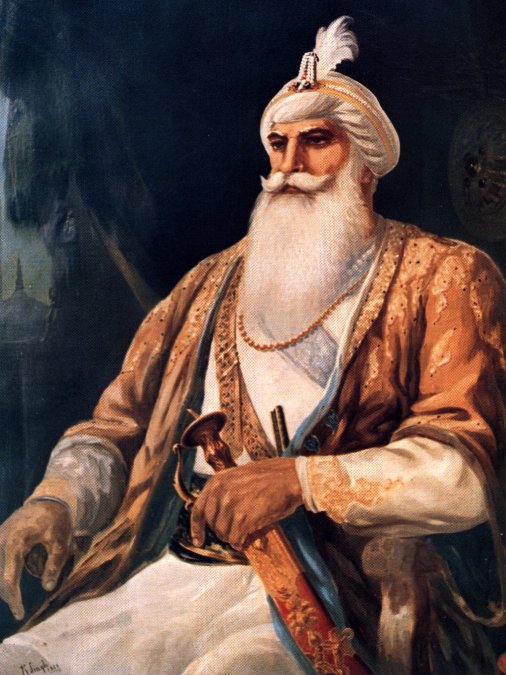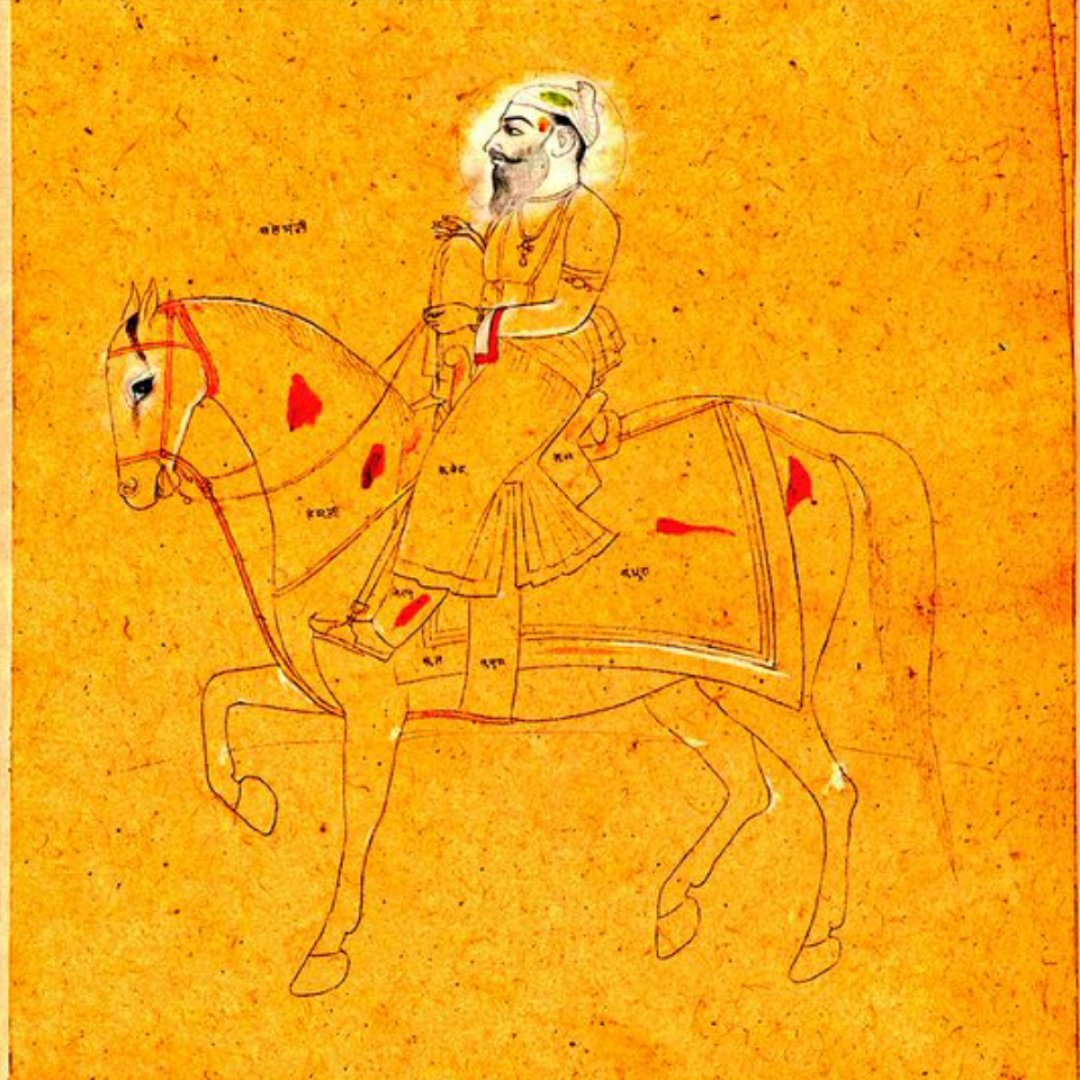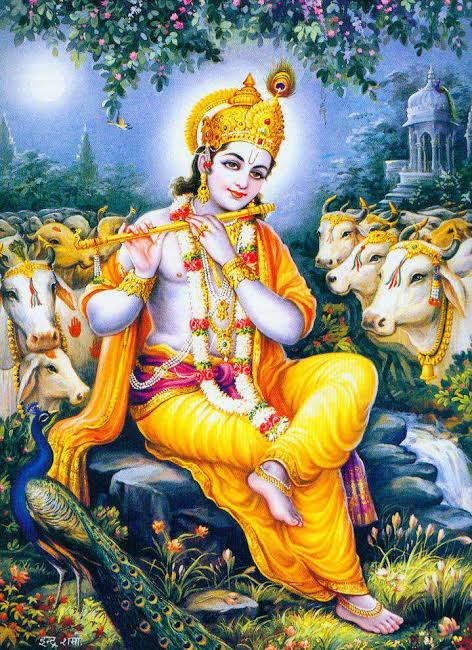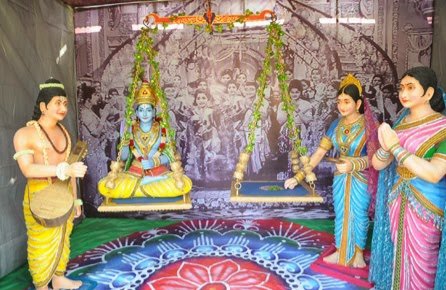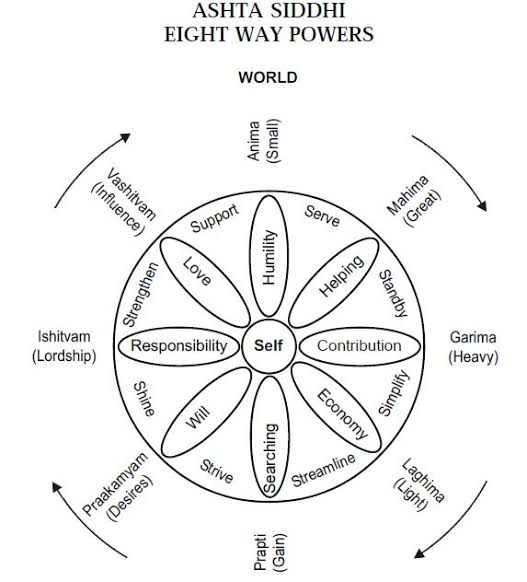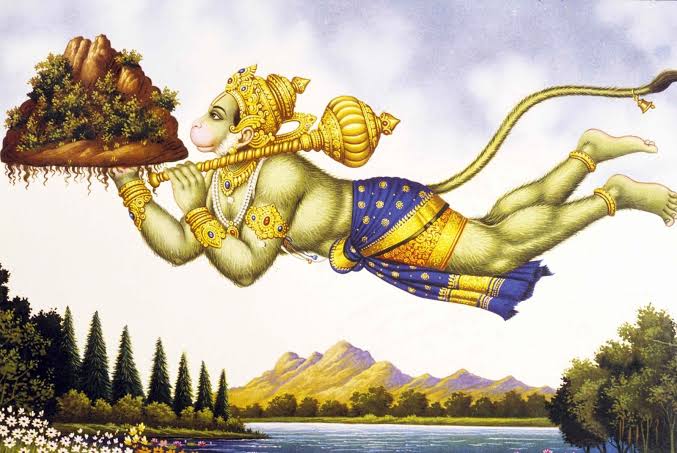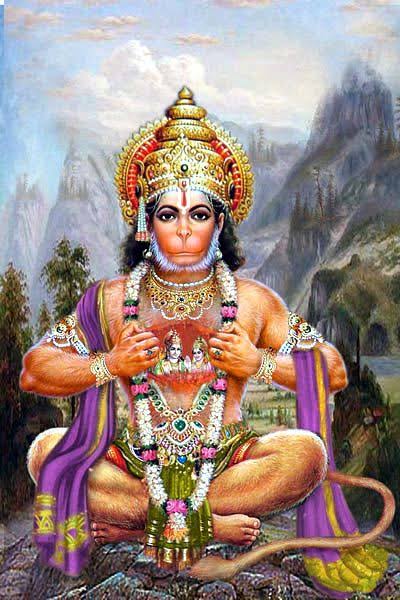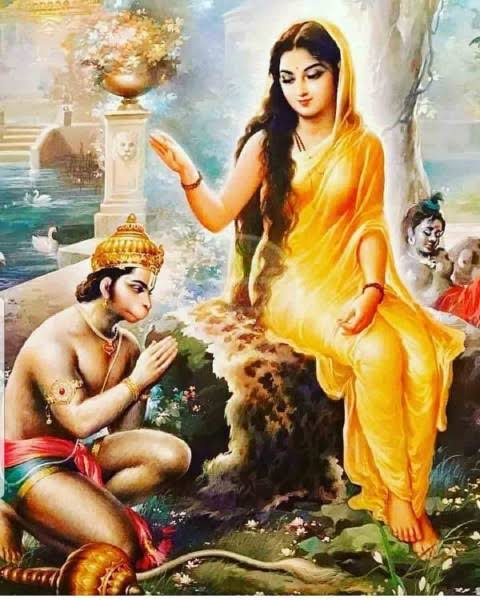The proper yoga as described in Hindu scriptures consists of 8 limbs:
The proper yoga as described in Hindu scriptures consists of 8 limbs:
i) Ahimsa: Nonviolence (this also includes not eating meat)
ii) Satya: truthfulness
iii) Asteya: non-stealing
iv) Brahmacharya: chastity, sexual restraint
v) Aparigraha: non-avarice, non-possessiveness
i) Shaucha: purity of mind, speech and body
ii) Santosha: contentment
iii) Tapas: austerity, self-discipline
iv) Svadhyaya: study of Vedas(Holy books of Hindus)
v) Ishvarapranidhana: contemplation of the Ishvara (God)
Asana is a posture that one can hold for a period of time, staying relaxed, steady, comfortable and motionless. The aasana postures are believed to have been given by Mahadeva (Hindu God) himself. Hatha Yoga Pradipika mentions 84 aasanas.












